

Fish Aggregating Devices (FADs)
FADs are a human-made object used to attract fish. They are used by both foreign fleets and Ecuadorian tuna boats to lure fish outside of the Galapagos Marine Reserve so that they can then be caught.
What are Fish Aggregating Devices (FADs)?
Many types of fish preferentially associate themselves with floating objects near the surface of the water in the open ocean, most likely for protection. Smaller fish generally do so quickly, attracting a community of larger, predatory species over time.
For hundreds of years, fishers have taken advantage of this behaviour to optimise their catch, both seeking out naturally occurring floating objects and also creating artificial replicas. However, this historic practice has evolved over time into something much larger-scale and more technologically sophisticated.
Many ‘FADs’ now consist of large floating rafts with nets and ropes hanging below and sonar-equipped buoys attached, allowing fishers to electronically connect and see how many fish are there and at what depth. FADs can be either ‘anchored’ (to the seafloor) or ‘drifting’. The former are generally used to attract deep-water species to coastal areas. For example, in the Galapagos Marine Reserve, some were placed to provide fishers with alternative opportunities to catching overfished species or fishing in vulnerable habitats.
More problematic are the drifting FADs, used primarily for industrial tuna purse seining, a form of fishing in which a huge net is ‘set’ on a school of tuna (often one lured by a FAD) and scoops up everything in the vicinity.
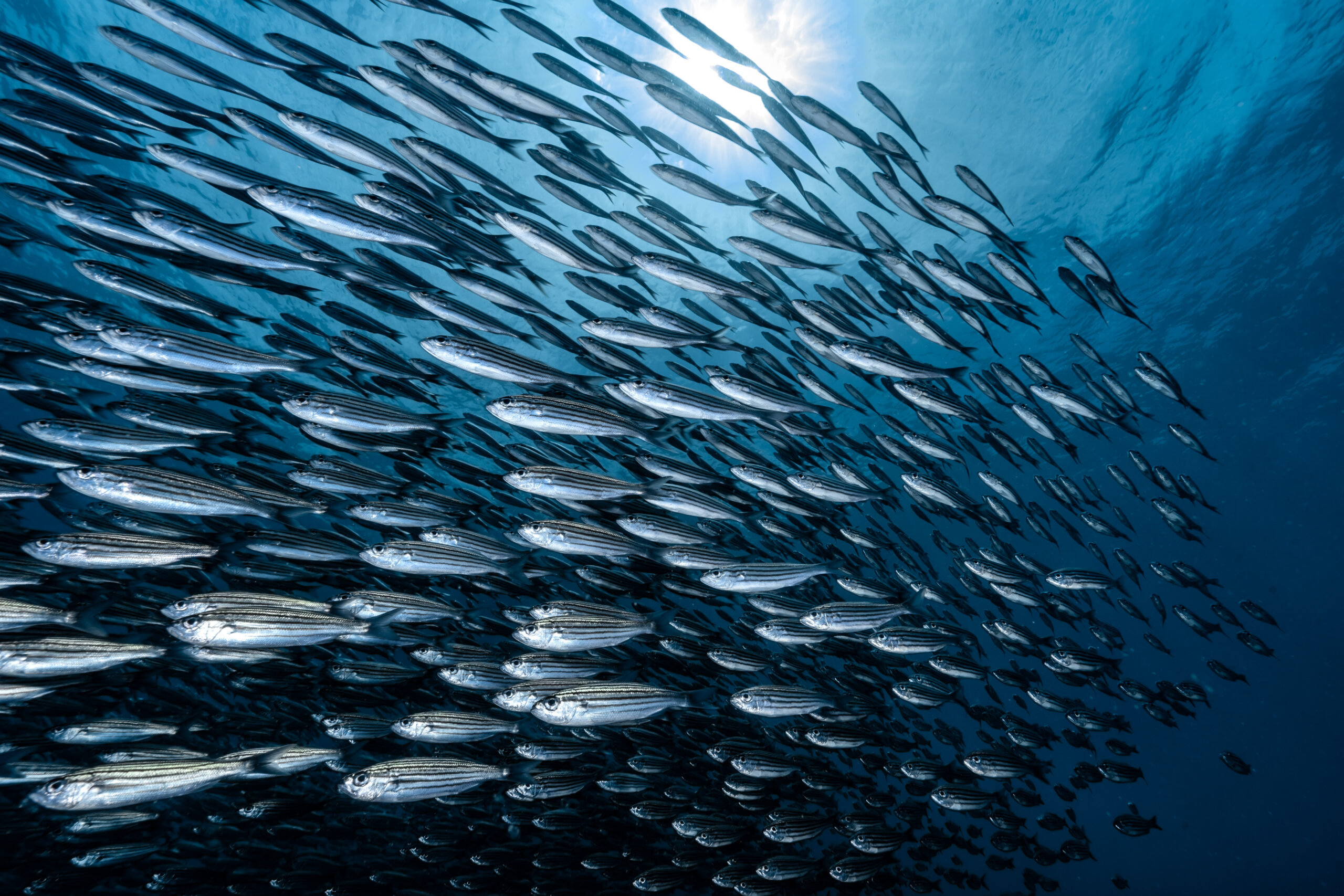
Why has FAD use increased so dramatically?
It was estimated in 2015 that upwards of 100,000 drifting FADs are deployed each year by purse seine vessels (Gershman et al., 2015) and the numbers have likely increased further since. Drifting FADs have been adopted so rapidly and enthusiastically by fishers as they make fishing vastly more efficient: FADs are left out for months to attract tuna, fishers then turn up only when sonar informs them enough tuna are aggregated and scoop up tons of valuable catch.
The introduction and widespread uptake of technologically sophisticated FADs is believed to be a key driving force behind the more than doubling in catches of key market tuna species since the early 90s (Gomez et al., 2020).
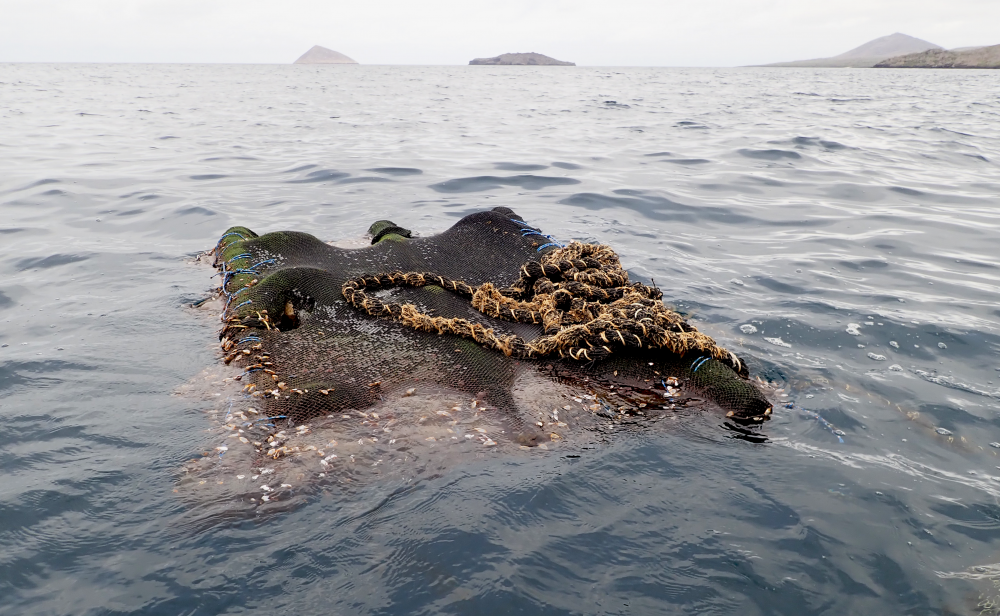
What’s the downside?
While industrial fishers have embraced drifting FADs as an effective means of improving catches and reducing operating costs, their widespread use in tuna fisheries has become a major conservation concern, due to numerous negative ecological impacts:
- Impacts on tuna stocks: The large catches enabled by FADs can facilitate overfishing.
- Creation of ‘ecological traps’: Some scientists suggest large-scale FAD deployment is modifying tuna movement patterns and carrying them into less suitable areas.
- Impacts on non-target species: FADs also attract ‘non-target’ species which then risk being taken as part of the catch, particularly juvenile tuna and vulnerable shark and ray species. The ropes hanging below FADs to attract fish also frequently entangle sharks and turtles.
- Marine pollution and habitat damage: It has been estimated that just 10% of deployed drifting FADs are ever retrieved. As FADs still consist primarily of non-biodegradable materials, this represents a significant source of marine pollution. Abandoned FADs continue to attract and entangle marine life in their dangling ropes, which can also damage habitats such as coral reefs.
Additionally, there are socioeconomic concerns that FADs allow technologically advanced fleets fishing on the open ocean to take a disproportionate share of the catch, depriving coastal communities of fishing opportunities.
Recent reports have highlighted the threat which drifting FADs (known locally as ‘plantados’) pose to Galapagos’ marine life: they are used by both foreign fleets and Ecuadorian tuna boats to lure fish outside of the Marine Reserve so that they can then be caught. As well as tuna, sailfish and marlin, sharks, sea lions, turtles and dolphins all follow these FADs into unsafe waters.

What can be done about this issue?
If drifting FADs are to continue being used (and there is definitely a serious question as to whether that should be the case), then urgent action is required to ensure their use is much more effectively regulated in order to mitigate the substantial environmental risk.
The responsibility for managing FAD use lies with Regional Fisheries Management Organisations (RFMOs), which are international bodies made up of countries that share an interest in the fishery resources of a particular region. So far, while many of these have put some measures in place, overall they have not ensured that regulation keeps pace with the scale of the problem. RFMOs are generally slow-moving, in part due to their consensus-based models of decision-making. Decisions which contradict scientific advice are also all too common in these forums, arguably due to vested interests of the participating countries.
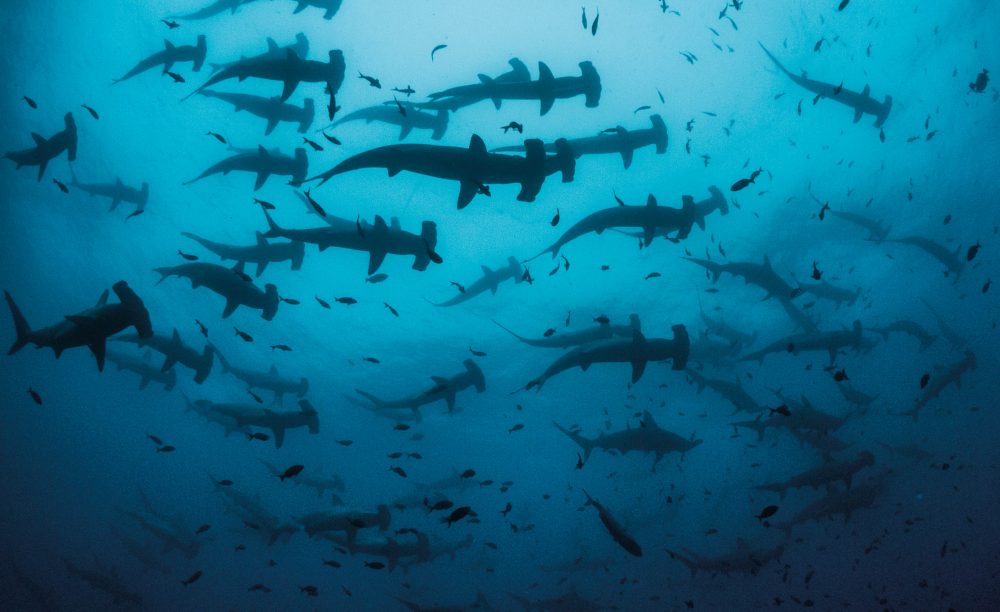
As a starting point, some key regulations and requirements which should be urgently put in place by all RFMOs include:
- A requirement for detailed FAD Management Plans: while many RFMOs already technically require these, it has been suggested that “once filed, they are rarely, if ever, updated and generally appear to be seen as a bureaucratic requirement with little practical, enforceable value” (Gomez et al., 2020).
- Improved transparency and monitoring to ensure enforcement of FAD management plans: at present, scientific understanding about the impact of FADs has so far been held back because vessels closely guard FAD tracking data because of the strategic competitive edge it confers. Some also suggest that FAD ownership needs to be clearly identified and tracked to ensure liability and accountability for impacts (e.g. requiring efforts to retrieve lost or abandoned FADs).
- Setting meaningful science-based limits on FAD deployment and purse seine net numbers, including appropriate seasonal and temporal limitations.
- Stricter limitations on FAD design: for example, requiring the use of non-entangling or biodegradable FAD designs or of echo sounders that enable species discrimination.
What can you do to help?
Please help us conserve the endangered sharks of Galapagos today by donating to the programme, adopting a hammerhead shark or becoming a GCT member.
Follow us and share this share this blog to spread the word on Facebook, Twitter, LinkedIn and Instagram
Related articles

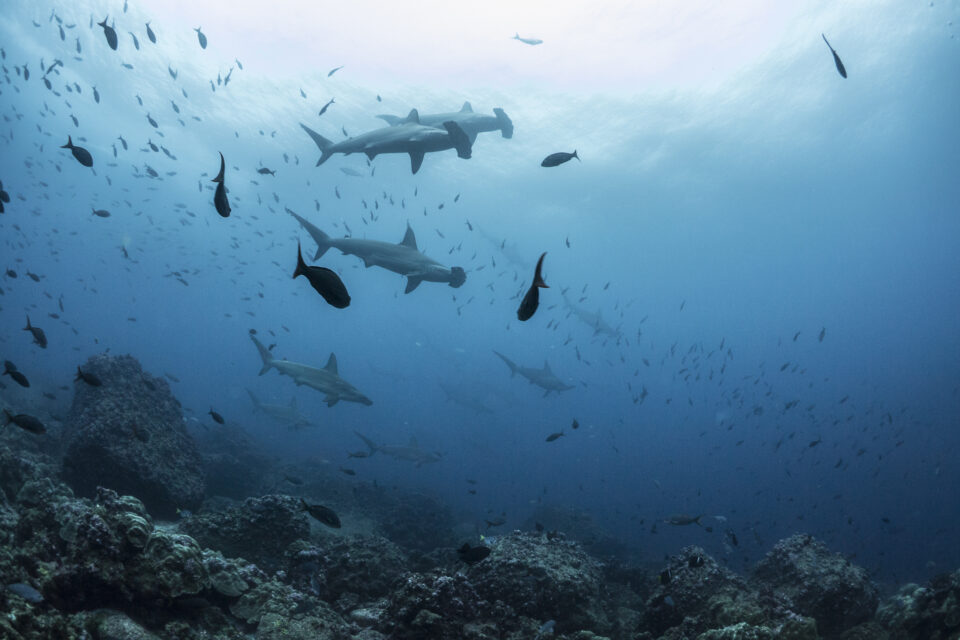
Galapagos marine reserve expansion brings hope - but new management challenges
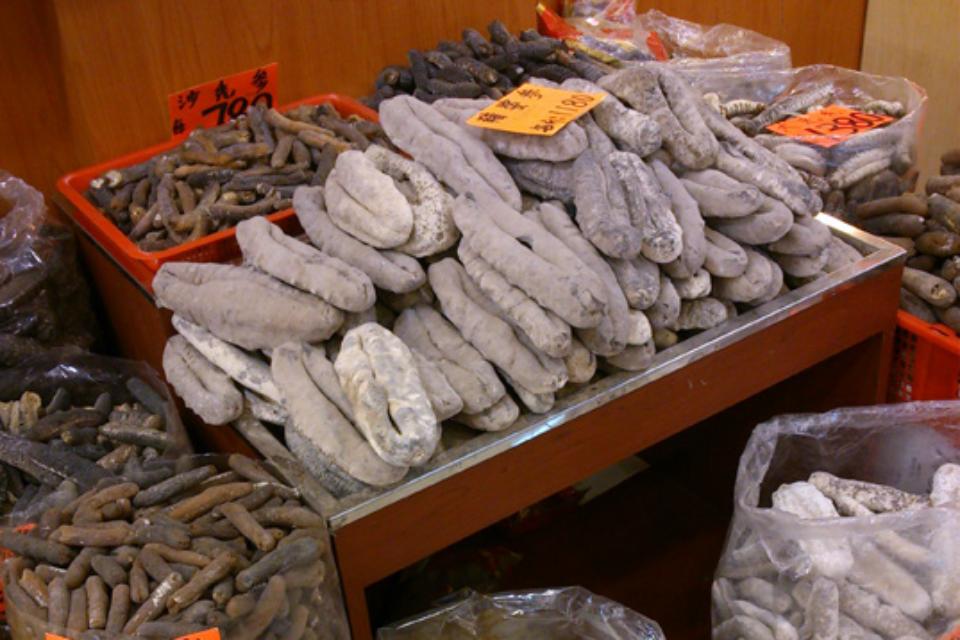
Global relevance: COVID-19 and sea cucumbers


